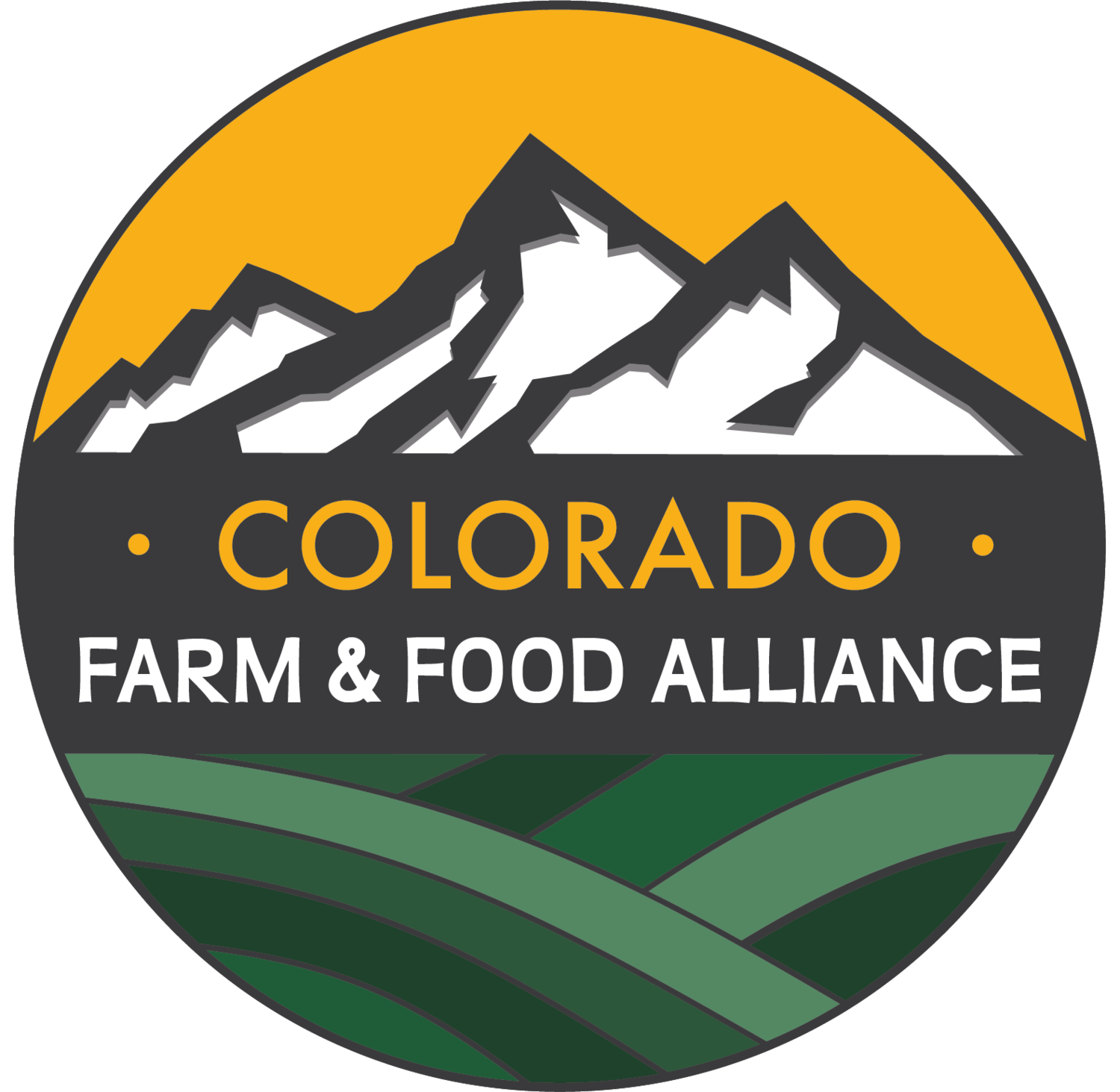
This citizen science project seeks to help North Fork agricultural producers and backyard growers collect data on their land's ecological health to understand how their practices impact it, document changes from implementing new regenerative agricultural practices, and identify ways to improve those practices.
The monitoring surveys linked here are for: Soil health, pasture health, riparian health, and pollinator habitat
North Fork Citizen Science
Monitoring for Ecological Health on Farms, Ranches, and Gardens
Soil Health
To monitor soil health, we recommend using two soil tests from Regen Ag Lab in Pleasanton, Nebraska; these are the tests used by the Citizen Science Soil Health Program on the Front Range
The Haney test: this test shows soil composition; it is similar to a standard soil test in that it measures pH, NPK, trace elements, and more.
The PLFA test shows the soil's biota, giving growers an overview of which classes of microbes are living in their soil.
Equipment and Costs
Soil tests ($150 for one Haney and one PLFA test)
Shipping costs (2-3 day shipping)
Timing: test once per year in the Spring or Fall
Supplemental Questions:
These questions are good to keep records of when taking your soil tests. Here is a form from the Front Range Citizen Soil Science Project
Amount of tillage- zero, conventional, or reduced
Irrigated land or dryland
What amendments have been applied to the site?
Compost, manure, grazing, cover crop, or other.
Number of days at the testing area that the soil has living cover
Do animals graze in the area? If so, what, time, and intensity?
What crops are grown in this area? (vegetables, grains, grazing, garden, grassland, hay/pasture, trees, commodity)
Pasture Health
This survey is from the University of Lincoln, Nebraska. It consists of taking pictures, measurements, and notes on your pasture. The How-to Guide has detailed information on how to take this survey and forms you can print and fill out.
What is Surveyed:
Plant density and height
The condition of the pasture
The type and abundance of species (weeds vs forage)
Forage production
Level of utilization
Ground cover and residual (standing herbage)
Erosion (wind or water)
Effects of fire, late freeze, drought, hail, and grasshoppers
Healing of problem areas (washouts, control of invasive trees)
Equipment for Photo Monitoring:
Perspective pole
Hoop or plot frame
Permanent field marker or use GPS units
When to Monitor:
Take photographs at least once a year after the growing season, when the plants have matured. More frequent monitoring can show seasonal changes.
Riparian Health
These riparian health surveys from the Cows and Fish program help producers understand the ecological health of their lakes, wetlands, streams, and small rivers. One survey covers lakes and wetlands; another covers streams and small rivers. Click the links below for the surveys and detailed information on how to assess riparian health.
The Lakes and Wetlands example questions:
How much of the riparian area is covered by vegetation?
How much of the riparian area is covered by weeds?
How much of the riparian area is covered by disturbance-caused vegetation? Such as foxtail, barley, plantains, Kentucky bluegrass, common dandelion, stinkweed, clovers
Is woody vegetation present and maintaining itself?
Is woody vegetation being used?
How much of the riparian area's vegetation has changed?
How much of the shore and bank has been physically changed?
How much of the riparian area has bare ground caused by human activity?
Has the water level been artificially modified?
How much dead wood is there?
Are the streambanks held together with deep-rooted vegetation?
How much of the riparian area has bare ground caused by human activity?
Have the streambanks been altered by human activity?
Is the reach compacted, bumpy, or rutted from use?
Can the stream access its floodplain?
How much of the riparian area is covered by vegetation?
How much of the riparian area is covered by weeds?
How much of the riparian area is covered by disturbance-caused vegetation? Such as foxtail, barley, plantains, Kentucky bluegrass, common dandelion, stinkweed, clovers
Is woody vegetation present and maintaining itself?
When to do your riparian assessment-
• When plants are in the growth phase and can be identified (June, July, August, and September).
• When water levels are near normal, assessments should not be done during peak spring run-off or immediately after a major storm that increases water levels.
• If repeating an assessment on a site or monitoring a site for changes, complete follow-up assessments at the same time of year.
• If the management regime includes grazing, to be consistent, either do your assessment before or after grazing use.
Pollinator Habitat
This survey is from The Xerces Society for Invertebrate Conservation. See their guide for an easy-to-fill-out survey filled with helpful information about pollinator habitat and health.
This Survey takes into consideration:
Landscape Features
Farmscape Features
Foraging Habitat
Native Bee Nesting Habitat
Farm Management Practices
Timing: Survey questions encompass spring, summer, and fall, and may take the participant one growing season to fill out a survey





